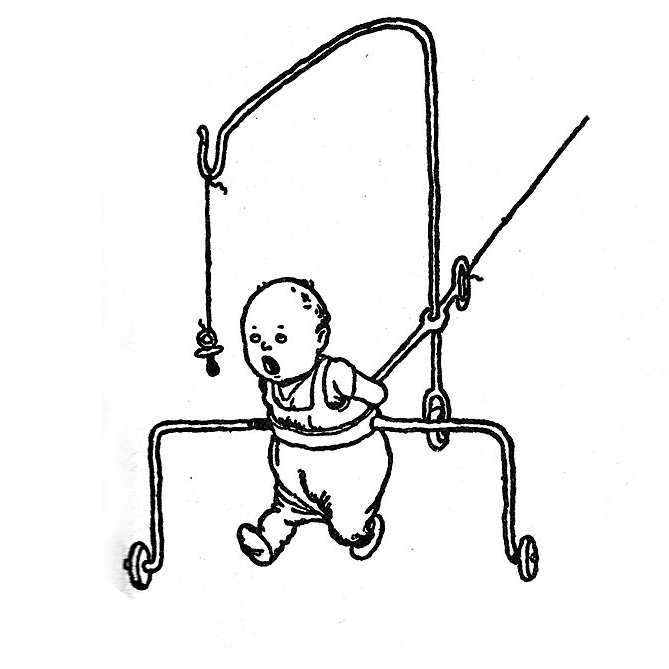

Not a bad idea on paper. The games are not actually on Netflix. You just download an alternate version of the app (with no DLC or iAP), and login to your Netflix account to access the game. Some solid indie games on there.
That said, I would never in my life pay for Netflix, but my family has it, so ya know, free mobile games when I’m bored.




















RED
Vs
Purmple